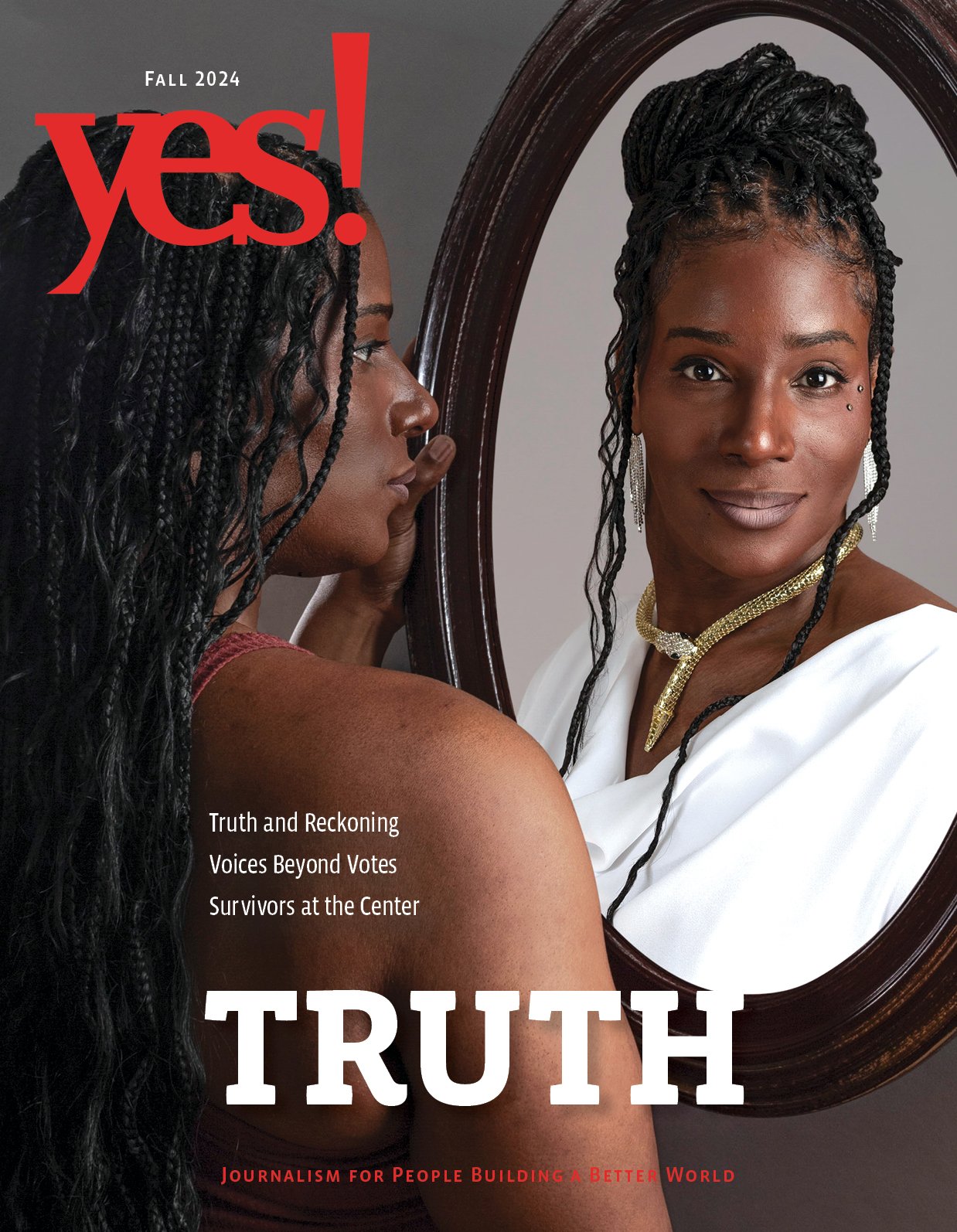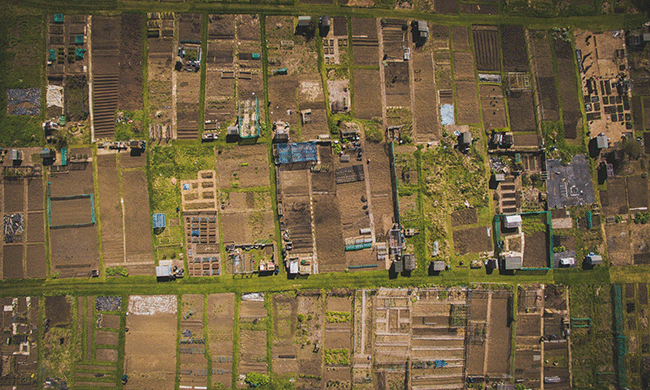Call for Submissions: The Soil Issue

We’d like to know what communities are doing to rebuild soil and restore our connection with dirt.
Photo by Jason Rogers/EyeEm/Getty Images
One-third of soil worldwide is moderately to highly degraded, according to the U.N.’s report on the Status of the World’s Soil Resources, endangering our capacity to feed the world’s population. Steps to restore and rebuild soils to improve access to healthy food and strengthen local communities can also mitigate climate change and increase community resilience against its worst effects.
We need soil, yet did dirt at some point became a pejorative term? People are called “dirt-poor.” Being dirty has negative connotations. And we separate ourselves from soil by keeping it out of our homes and away from our bodies. People with a cultural connection to the dirt—indigenous peoples, Black farmers, and small family farmers—have been separated from the lands they tended. Today, the people who work directly in the soil are often the most vulnerable people in our communities—migrant farm workers—who are paid little and exposed to toxic pesticides. In cities, we pave over it, physically separating city dwellers from dirt—while eliminating the ecosystem services that soils provide. And industrial land use—especially agriculture—treats soil like an extractive resource to maximize profits.
This isn’t chance. Soil has a history—its fertility has been mined by people and industries that reap the benefits of its commodification while inflicting the harms of exploitative practices onto others. Agricultural soil degradation alone is projected to decrease food production by 30 percent over the next 50 years. The food that is produced by degraded soil is less nutritious. And there are regular reports of soil contamination on elementary school sites, in people’s backyards, and in entire neighborhoods.
We’d like to know what communities are doing to rebuild soil and restore our connection with dirt.
The must-read stories we seek examine root causes of soil degradation and its impact on our communities. And we’re seeking stories that uncover solutions that show a better way forward:
- What would a culture that values soil and the people who work in it look like?
Stories that answer this question might examine the cultural and historical context that led to commodifying soil and equating filth with dirt. They might report on communities that are restoring their connection with dirt, and they might engage with research that describes how soil health affects our mental and physical health.
- What agricultural practices help restore and build healthy soils?
Stories that answer this question might report on the farmers, communities, or agricultural movements reclaiming land and reasserting traditional, agroecological, or regenerative farming practices that rebuild soil.
- What are the efforts to clean up toxic soils?
Stories that answer this question will introduce us to communities restoring soil in urban brownfield sites and rural sites where soils have been polluted by mining and other industrial activity.
- How can we redesign our urban environments to incorporate and value soil? How do we get grounded in cities?
Stories that answer this question might look at examples of cities, states, or other entities using metrics other than money to value and measure land use benefits. Or they might delve into the design and planning principles that restore a personal connection to dirt in cities (and restore ecosystem services of soil in the process).
- What role do soils play in creating a more climate-resilient future?
Stories that answer this question might take a case study that shows how hurricanes or other disasters are kinder to farms using agroecological practices. Or they might look at the research on carbon farming through the lens of the people who have created programs, policies, and organizations that incentivize it.
- What would an economy that values soil look like?
Stories that answer this question will reveal communities that are rebuilding soil as a pathway to rebuilding local (food) economies.
All of the stories we seek will be examples of excellent journalism and storytelling: stories that have human characters, are well-researched, and demonstrate conflict and resolution. Send your ideas for a reported solutions story, explanatory analysis, or insightful essay to [email protected].






